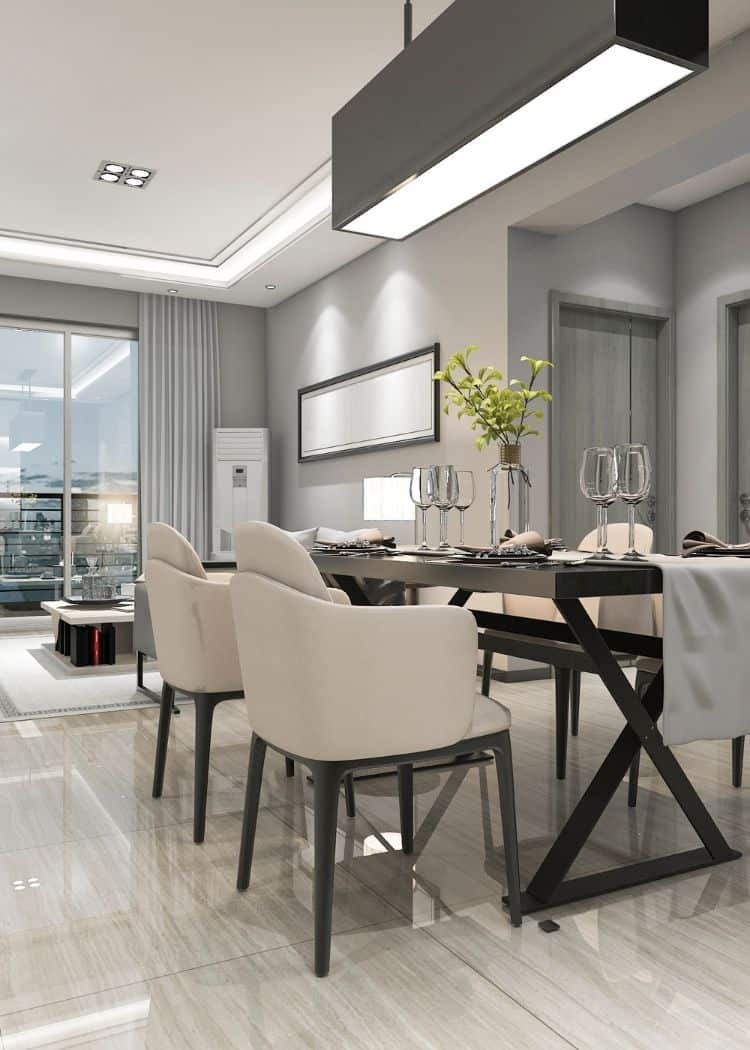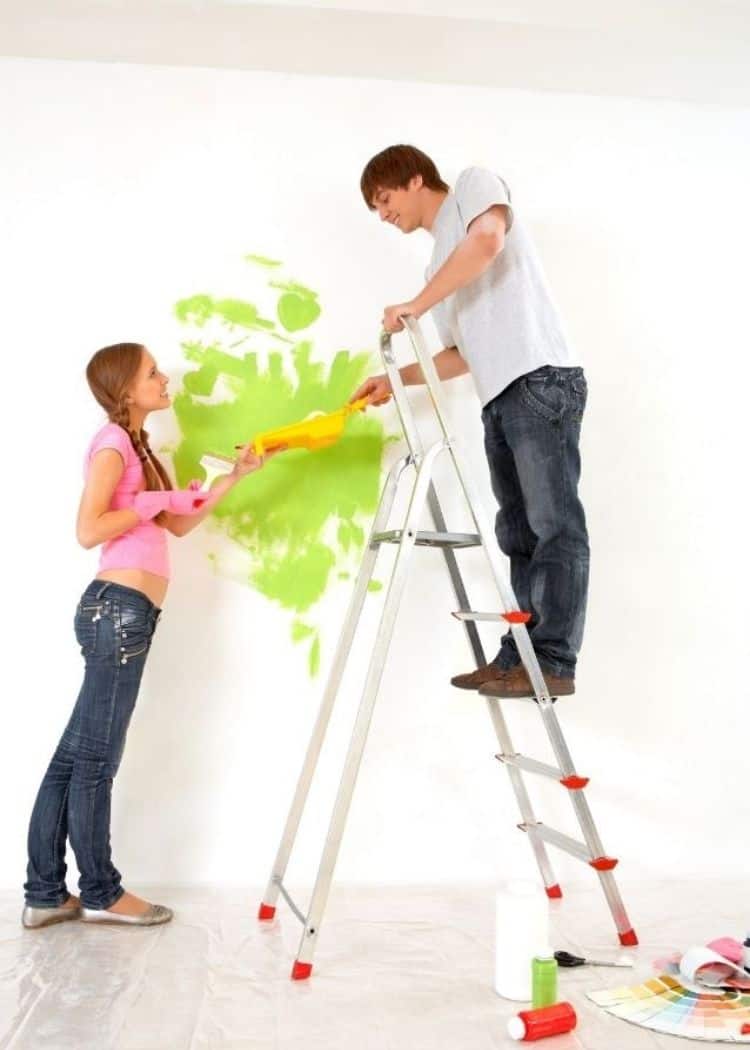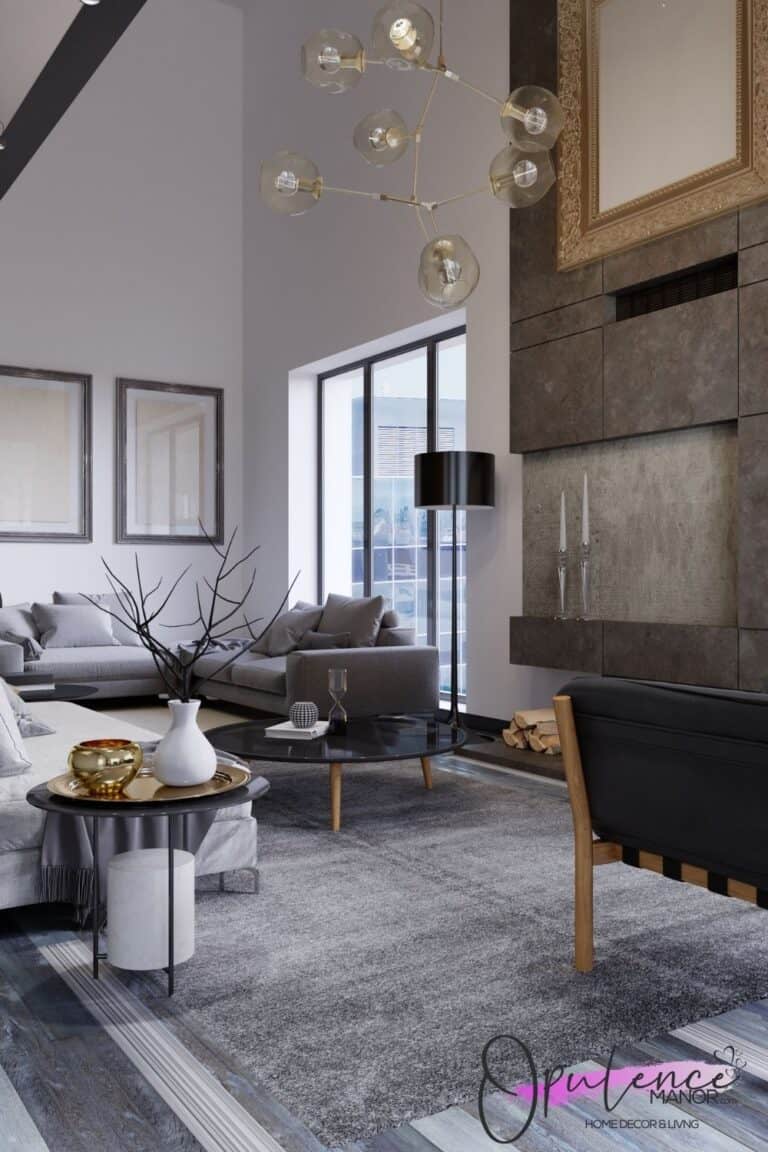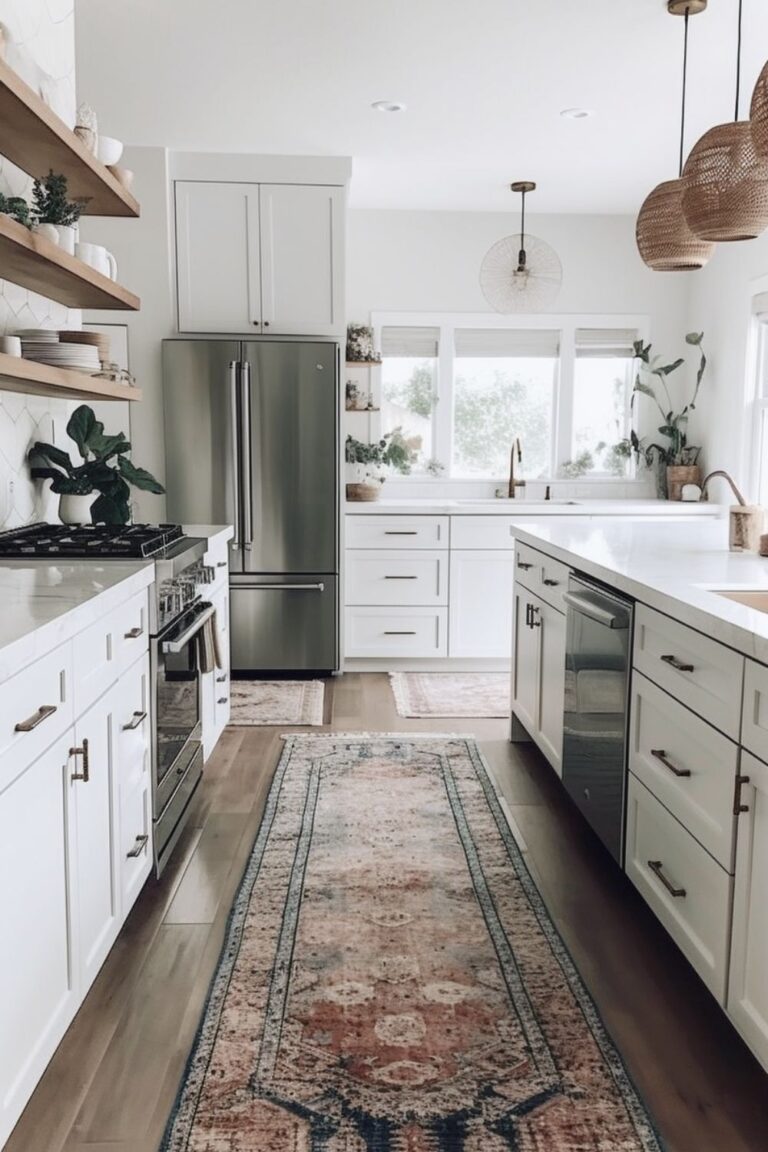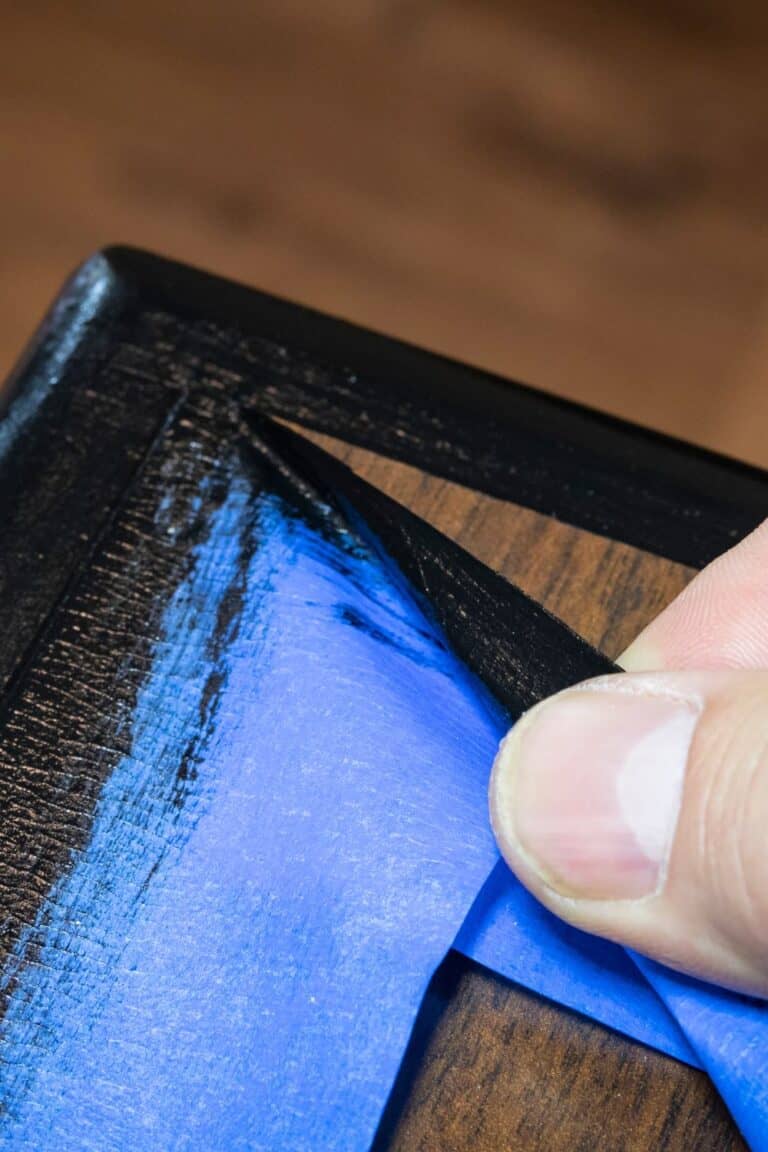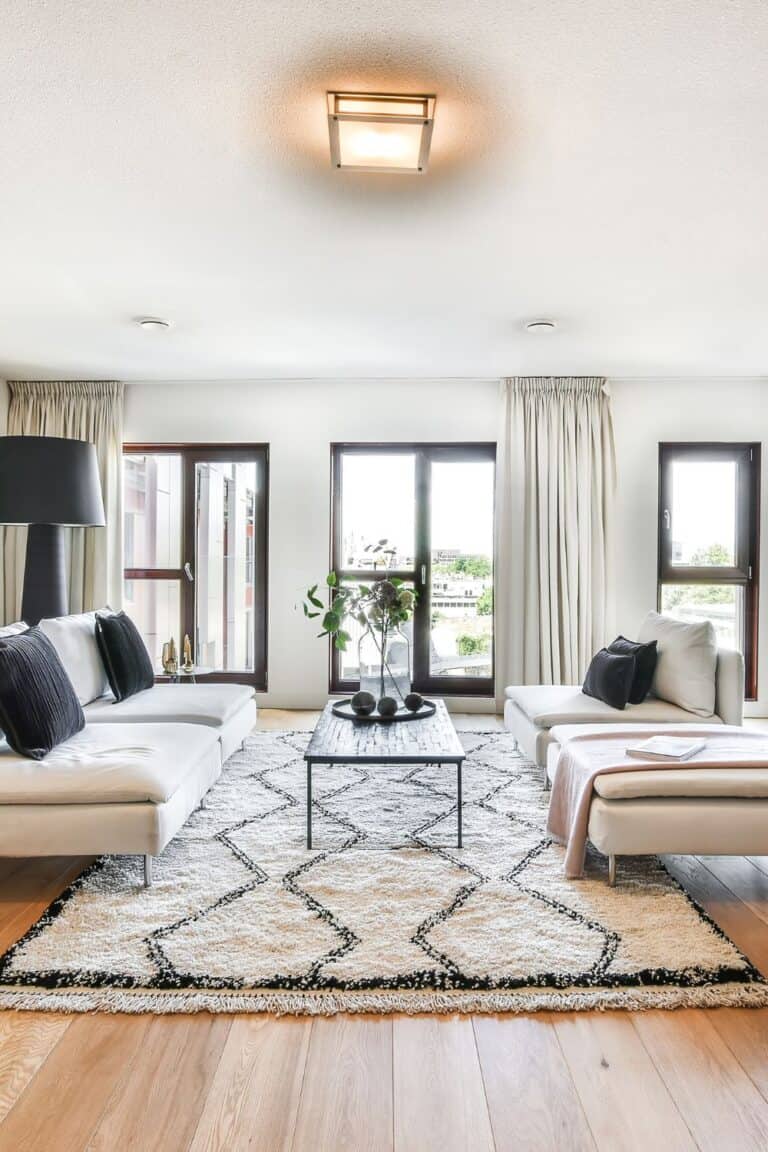The Definitive Guide on LRV
In this post: I’m breaking down the nitty-gritty of what Light Reflective Value (LRV) is. Knowing the ins & outs of paint terminology is half the battle. Go on any blog site that has anything to do with paint, painting, or paint colors, and you will most certainly see the LRV number mentioned.
I’m sure that at some point and time you have come across a paint color and thought oh my God, I love this color. Ran out to the nearest Lowes or Home Depot to grab a sample; only to discover that after you painted this perfect color on your kitchen wall that it looked nothing like what you recall. Maybe it was much lighter than you recall or even darker. That is the Light Reflective Value/Light Reflectance Value or better known as LRV. Today we are discussing the magical LRV number as it can make or break your paint choices. Paint and DIY are two of my favorite topics- don’t miss How To Create A Gallery Wall or 21 Cool Gray Paint Colors
I’m here to give you the nitty-gritty, breakdown of how LRV impacts the colors that you chose. We’ve all gone through this. My cousin Suhir who is the creative genius behind Bruce Mosley Works has this beautiful color in her kitchen and dining room area. I believe it was a Martha Stewart Paint. I absolutely love it. In her home, the color looks very light with just a hint of teal to it. I was so convinced that it would be a great color for my kitchen and dining room that I purchased a gallon (completely skipped the sample testing with Samplize). The color looks nothing like the paint in her home. I thought that they had given me the wrong paint. Needless to say, this was all before I learned about LRV and how it impacts the final outcome of what you see..
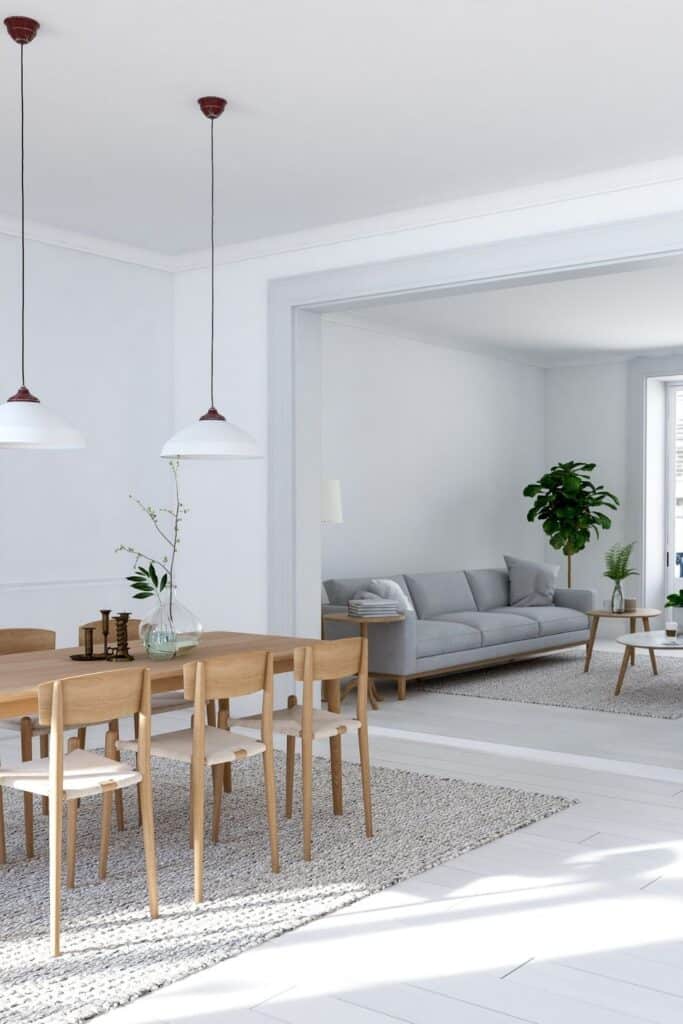
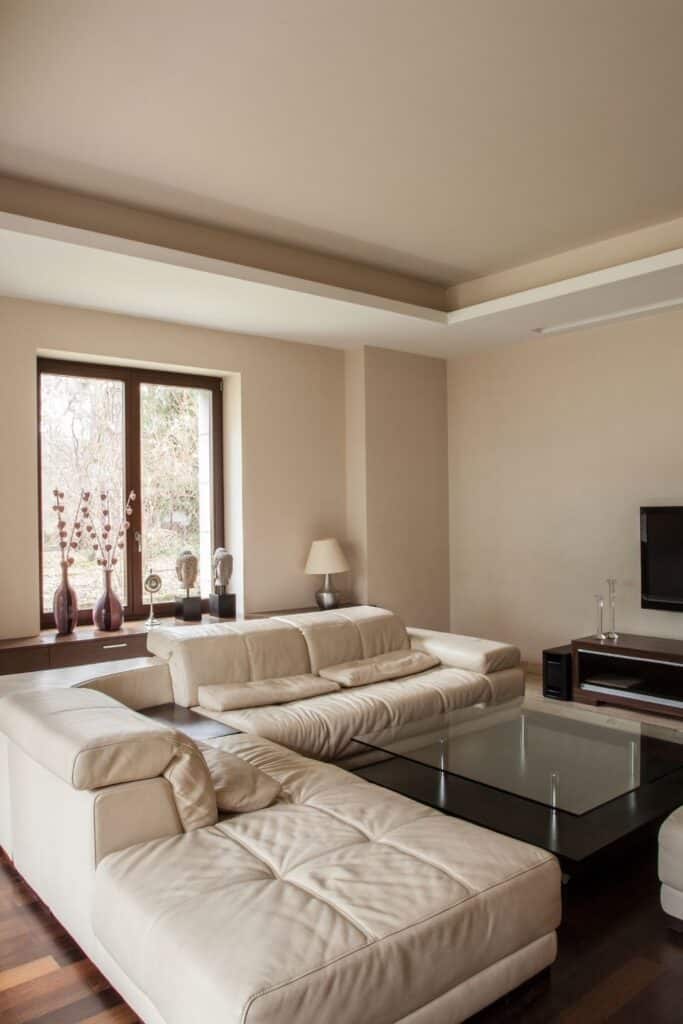
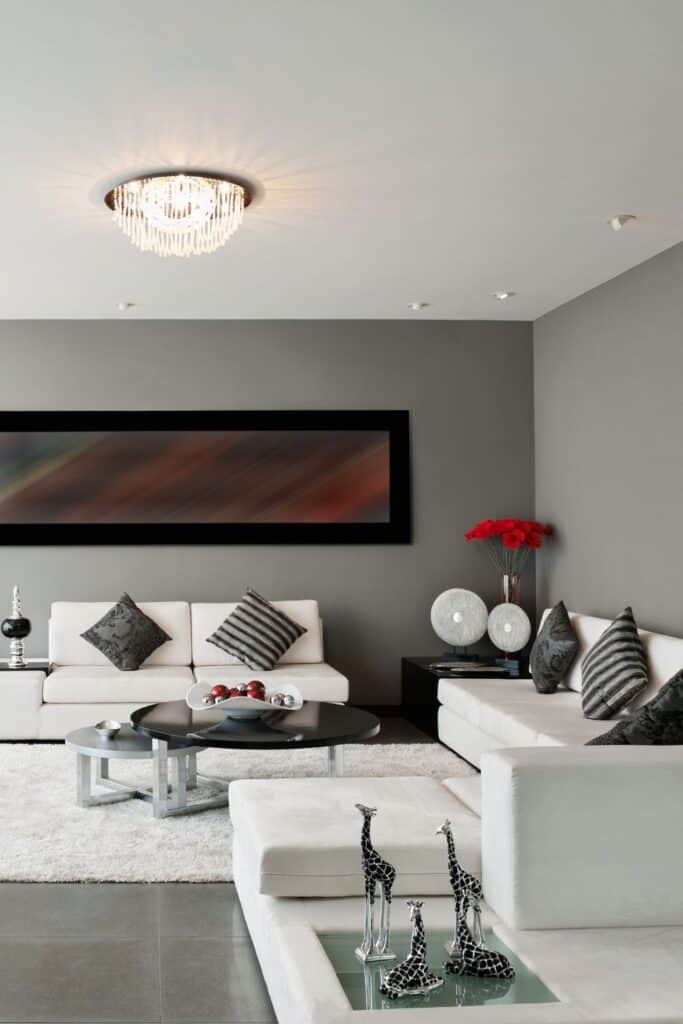
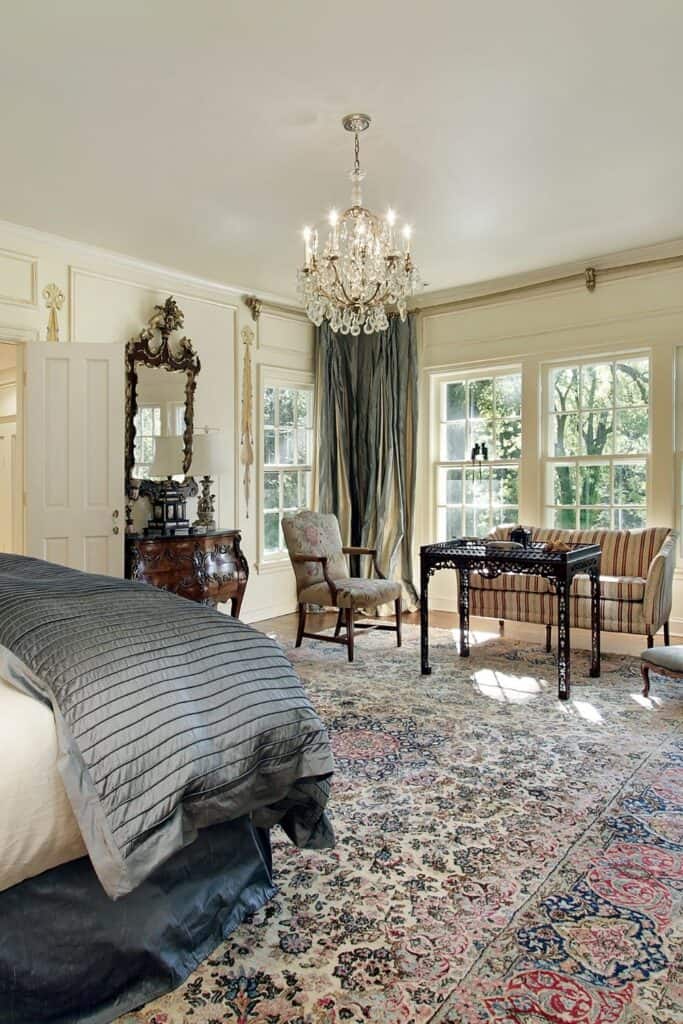
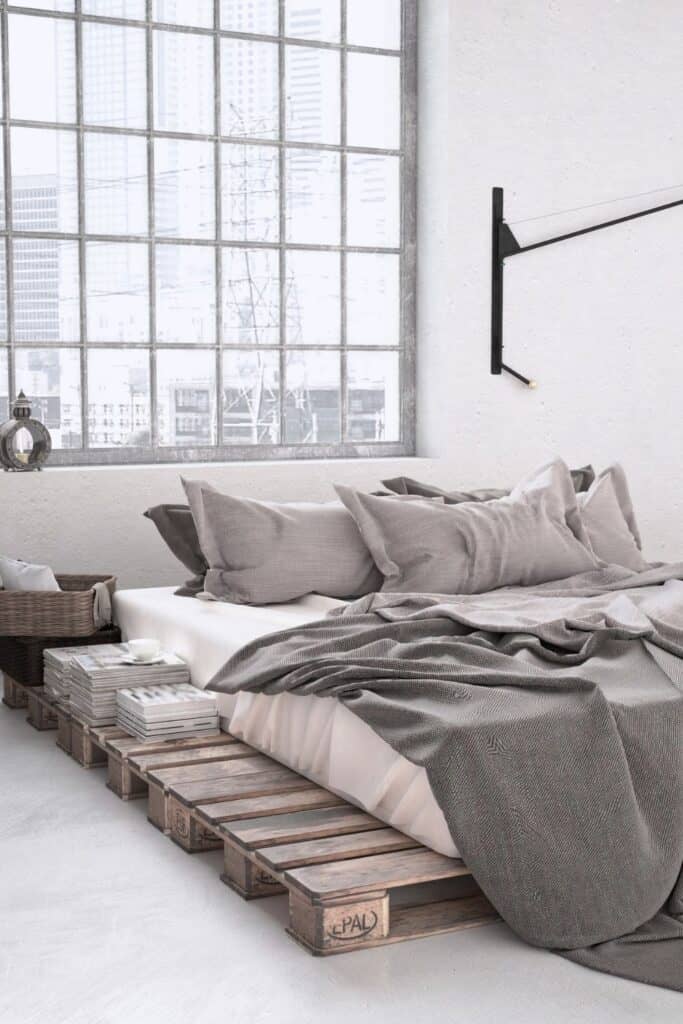
What Exactly Is LRV
LRV, or Light Reflective Value ( Light Reflectance Value) simply put, measures the amount of visible light that reflects from a surface. LRV is the percentage of the light being reflected from 0-100. The higher the number, the more light that is reflected. The lower the number, the less light is being absorbed or reflected. In the paint world, this simply means that black is 0 and white is 100. The higher the number the more light that is reflected, hence the color will be lighter. All colors have an LRV. Black reflects zero light, whereas pure white reflects 100% of the light.
LRV has an impact on how colors will look within your home. A room with tons of natural light will make a color that is traditionally considered dark look light and airy in your space. The opposite holds true for a room with little to no light. You can take a room that has very little natural or artificial light and paint it alabaster-white by Sherwin Williams and it will still not look as bright as it would in a dining room with tons of windows.
For example, the LRV of Agreeable Gray is 60 – which results in a light color, but not so light that it simply looks bland and yuckity-muck.
Just keep this in mind -this is the science nerd in me. You aren’t seeing the actual paint colors on the walls, you are seeing the amount of light that is being reflected….who knew! Make sure you consider the LRV when selecting your paint, without factoring in the LRV will result in paint selections that you will not enjoy
LRV is not the same as SRV (Solar Reflectance Value) measures the amount of solar radiation, visible, ultraviolet and infrared that is reflected from a surface. These terms are not interchangeable and should not be confused. You can find more information on the difference between LRV and SRV with ASC Building Products.
Why Is LRV Important?
Understanding and knowing a color LRV is important for several reasons:
- Assists you as a homeowner, apartment dweller or renter in making energy-efficient decisions. (This is the science nerd in me again) Yes, it’s true, colors with higher LRV don’t require the same amount of energy when you factor in cooling or lighting a room. Selecting the right color will save you money in the long run.
- Overall coordination of your color scheme throughout your space
- Selecting the appropriate LRV for the lighting in your home
Where To Find A Paint Color’s LRV When Selecting A
Color
Most paint manufacturers from Sherwin Williams, Behr, Valspar, and many others provide paint chip cards, similar to the one featured below. The LRV is normally found on the back of the card. You may also find the LRV on their respective websites as well.
Be Mindful Of The Following LRV Little Known Facts
- Colors with an LRV of 50 or more naturally bounce back more light than what they absorb. This results in the room having a “daytime” feel. You can run to any big-box retailer such as home depot and test out lightbulbs on display to see the difference between daytime, natural light, warm white, and cool white.
- Any color no matter what color it is will look lighter in the presence of direct artificial or natural light
- The lower the Light Relective Value – the darker the color will be. The higher the Light Reflective Value- the lighter the color is.
- LRV really matters on exterior paint. Paint with low LRV could result in your siding warping. Remember to follow the manufacturer’s recommended guidelines. As much as the current rage may be to paint your home black, it may have a disastrous end result. Sherwin-Williams has VinylSafe Paint Colors. Here’s the VinylSafe color palette.
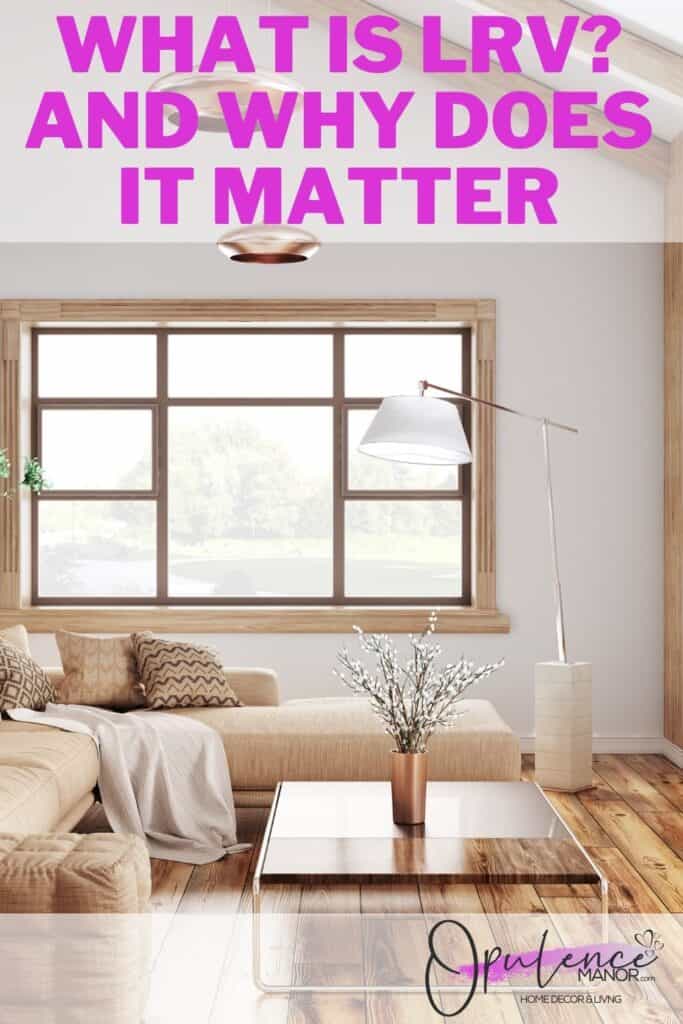
Light Reflective Value Pictures
LRV hits in several ways depending on the paint color as well as the lighting situation of the room. In my home, I have a variety of grays all throughout. The gray in my laundry room looks very light compared to the same gray that is also on my gallery landing wall. The laundry room has tons of natural light, whereas my upstairs landing does have natural light, but it’s not constant depending on the time of day.
Take the time to use paint samples such as the ones you can find on Samplize and test out your samples in different rooms and different lighting scenarios.
As you can see from the photo examples below, artificial and natural light impacts what is reflected back. In the first picture, you can clearly see that the lighting results in a shadow that makes the wall appear darker in the shaded area. If this room had no natural light, the paint would look several shades darker than what you may have been looking for. This is why LRV matters.
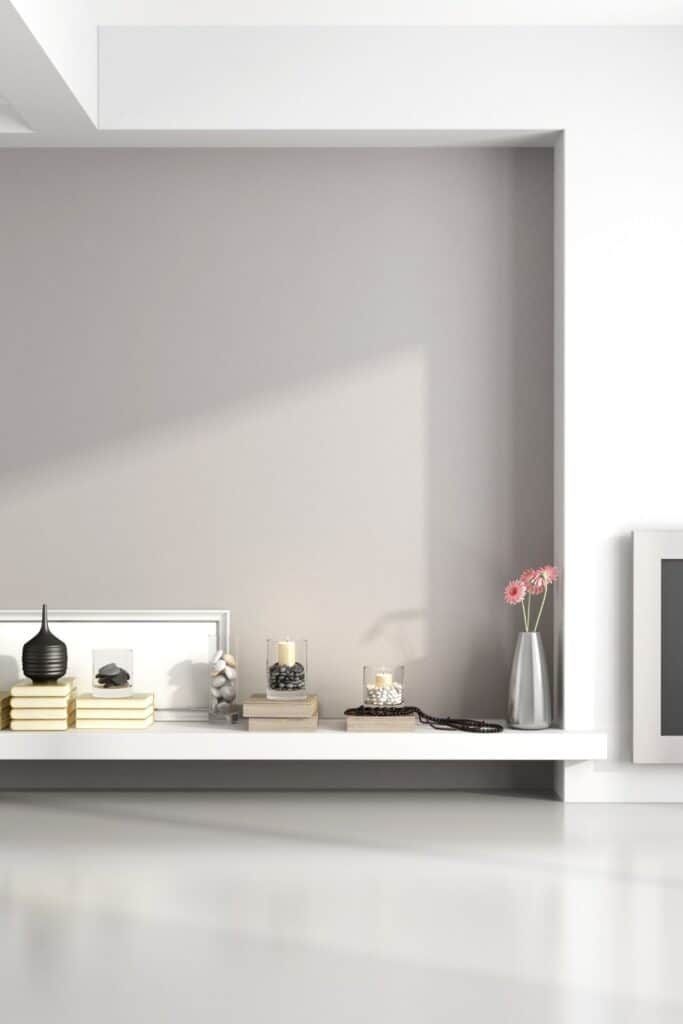

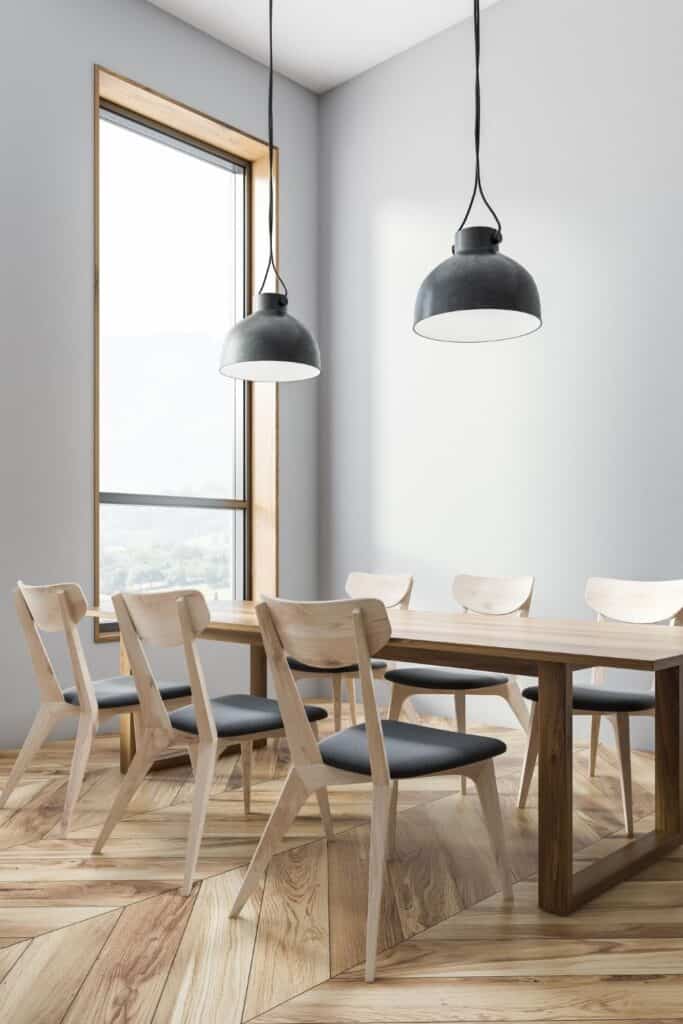
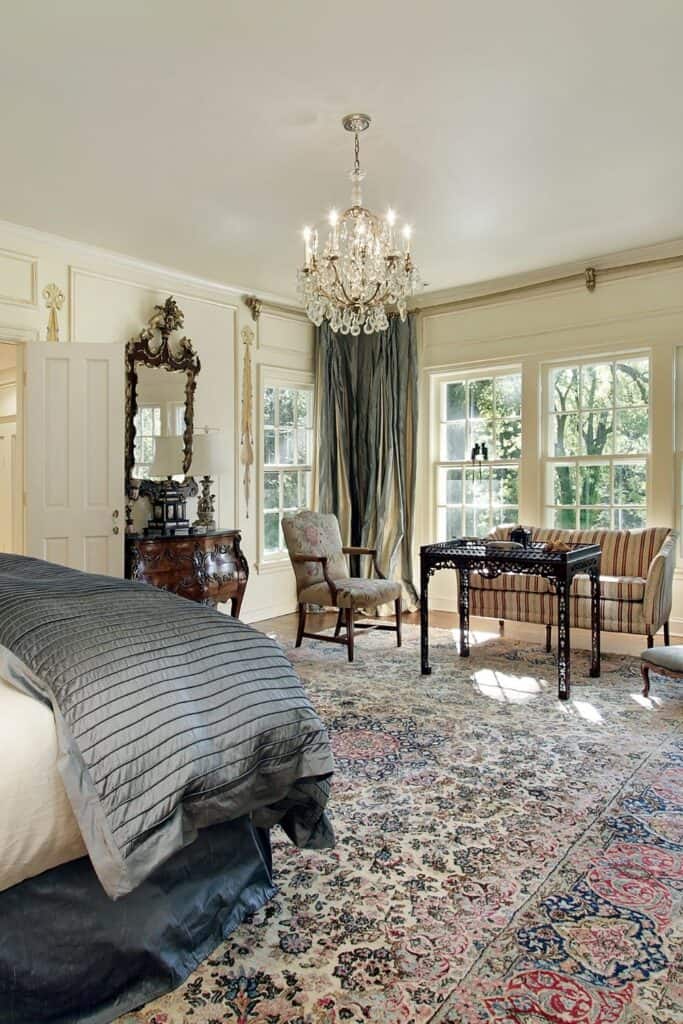
You can use the following LRV Chart as a simple reference guide.
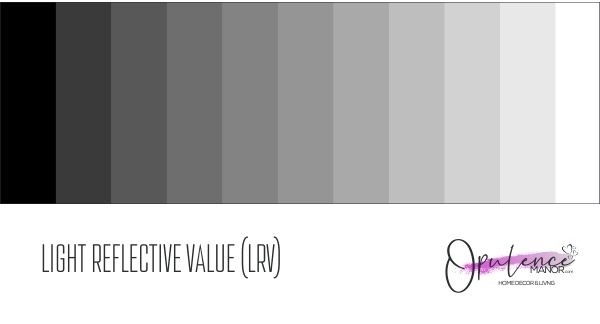
0-10 DARK
10-20 MEDIUM – DARK
20-40 MEDIUM
40-55 LIGHT-MEDIUM
55-75 LIGHT
75-80 OFF WHITE
80+ WHITE
Don’t overthink LRV, it’s pretty simple. It’s only job is to tell you how much light a paint color reflects.
What Do The Experts Say About LRV?
Experts in this field generally agree that LRV is an important factor to consider when selecting paint colors and other finishes for a space, as it can have a significant impact on the overall lighting and ambiance of the space.
I’ve composed a list of other resources that address Light Reflectance Value
- Light Reflective Value Sherwin Williams
- The Play Of Light
- Painting Your Home, You Better Understand LRV
